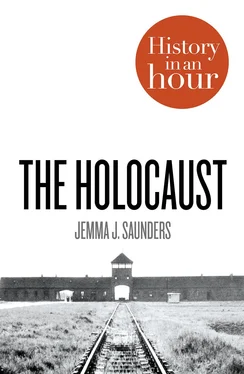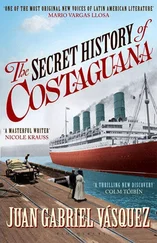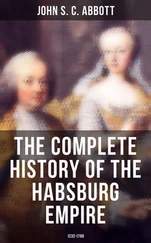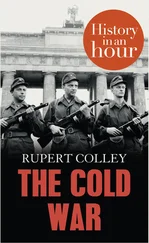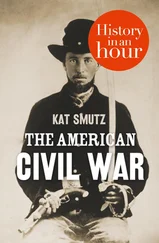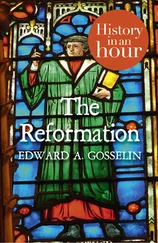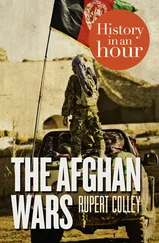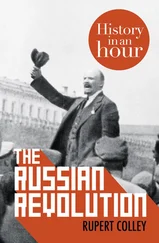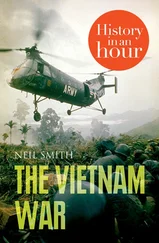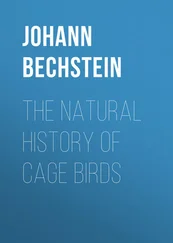The underlying anti-Semitism that had increased after the First World War was now nurtured and encouraged by Joseph Goebbels, the Nazi propaganda minister. Jews were not only blamed for Germany’s defeat in 1918 but became scapegoats for all the ills that had befallen the nation since the armistice. An international Jewish conspiracy was deemed a perpetual threat to Germany’s status in Europe and the recent financial hardship was linked to Jewish business owners, who, according to the Nazis, cheated their customers.
Derogatory cartoons appeared in newspapers such as Der Stürmer and in school textbooks, with captions that stated ‘Jews are our misfortune’ or ‘Jews are not wanted here’. In stark contrast to this twisted prejudice against Jewry was the emphasis on the supremacy of the pure-blooded, Aryan master race. While propaganda images of Jews depicted furtive-looking caricatures with stereotypically Jewish features, campaigns promoting the racial superiority of ethnic Germans employed pictures of blonde-haired, blue-eyed humans in peak physical fitness.
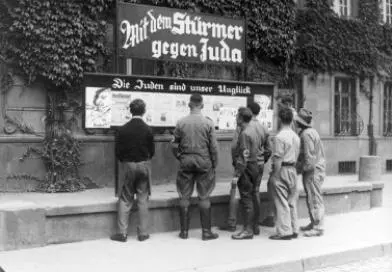
Anti-Semitic propaganda in Worms, 1933
Bundesarchiv, Bild 133-075 / CC-BY-SA
Such nationalistic pride became intrinsically linked to racism and was also manifested in organizations such as the Hitler Youth and the League of German Girls, which became obligatory for young Germans from 1936. All members had to prove their racial purity and were thereafter moulded into fledgling National Socialists. State-controlled education and physical training programmes impressed upon Germany’s youth the superiority of their nation and culture, the importance of upholding Aryan glory, and the inferiority of other races. An entire generation was indoctrinated and mobilized against purported enemies of the state through Nazi youth movements and the propaganda machine.
Anti-Semitic films, including The Eternal Jew (1940), also drew on nationalistic themes, with frequent cuts between footage of Jews and footage of rats enforcing the notion of Jews as societal parasites. Other propaganda films alluded to Darwinism and the ‘survival of the fittest’ theory, showing weaker creatures inevitably being killed by stronger species in the natural struggle for dominance. In one such film a student observes that the animal kingdom has ‘a proper racial policy’. The idea that breeding practices should be extended to humans in order to weed out supposedly degenerate factions was a stalwart of Nazi ideology which would, as the 1930s progressed, lead to violent discrimination against homosexuals and the mentally and physically ill, as well as Jews.
A fleeting reprieve in the negativity directed at the Jewish community came during the 1936 Berlin Olympics, as the Nazis did not want to attract international criticism about the treatment of Jews in the Third Reich. Throughout the Games, anti-Semitic propaganda was minimized, but almost all Jewish athletes were nevertheless prohibited from competing in the German team. Among those unable to represent her country was Gretel Bergmann, who had equalled a German high jump record only one month previously. With the close of the Berlin Olympics, the open tirade against Germany’s Jewish population resumed.
Kristallnacht Kristallnacht The Approach of War Forced Resettlement Ghettoization West of Germany: Yellow Stars and Registration Pit Killings The Euthanasia Programme Wannsee and the ‘Final Solution’ Deportation Selection The Will to Live Arbeit Macht Frei Killing Factories Medical Experiments Collaboration and Resistance Death Marches Liberation Remembrance and Retribution The Holocaust: Key Players The Holocaust: Timeline Got Another Hour? Copyright Конец ознакомительного фрагмента. Текст предоставлен ООО «ЛитРес». Прочитайте эту книгу целиком, купив полную легальную версию на ЛитРес. Безопасно оплатить книгу можно банковской картой Visa, MasterCard, Maestro, со счета мобильного телефона, с платежного терминала, в салоне МТС или Связной, через PayPal, WebMoney, Яндекс.Деньги, QIWI Кошелек, бонусными картами или другим удобным Вам способом. About the Publisher
Hitler had never made any secret of his desire for Lebensraum : living space for the German people. Nineteen thirty-six saw the remilitarization of the Rhineland, and in March 1938 the Anschluss (union) of Germany and Austria was announced. Once under Nazi control, it became increasingly difficult for Jews in these territories to lead lives that were not tainted by anti-Semitic persecution.
The Austrian Jewish community was subjected to appalling treatment in the immediate aftermath of the Anschluss . Anti-Semitism was already common in Austria, but discrimination now escalated as many Jews were forced to scrub pavements with toothbrushes, while others were humiliated by being made to crudely hack off their beards. Such public degradation was a forewarning of the suffering that would soon engulf Jews across Europe, and in November 1938 the situation was dramatically exacerbated.
On 7 November in Paris, a young Polish Jew named Herschel Grynszpan shot and fatally wounded Ernst vom Rath, a German diplomat. In retribution for vom Rath’s death, Goebbels instigated an anti-Jewish pogrom across Germany. Such was the ferocity of the pogrom that the night of 9–10 November, on which it took place, became known as Kristallnacht – the Night of Broken Glass.
Nearly two-thirds of Jewish businesses in Germany had been Aryanized (transferred to gentile ownership) by April 1938, but well over 7,000 Jewish-owned stores were nevertheless pillaged throughout Kristallnacht , the shattered glass from their windows covering the streets. One hundred and ninety-one synagogues were destroyed, many burned to the ground, and around 30,000 Jewish men were arrested and imprisoned in concentration camps. Many were only detained temporarily in Dachau, Sachsenhausen or Buchenwald, but the Nazi precedent of rounding up and deporting people en masse had been set.
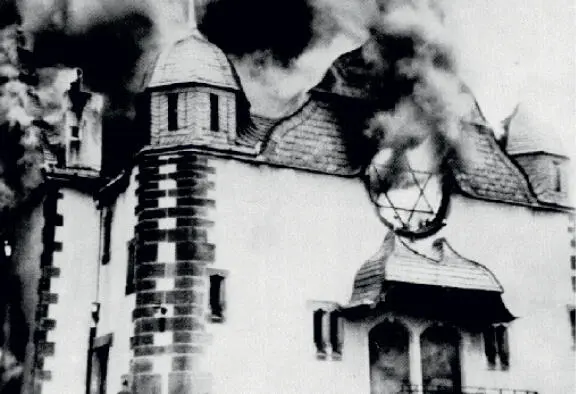
A synagogue burns on Kristallnacht
The material damage perpetrated on Kristallnacht was enormous, and to add insult to injury the Jewish community was declared liable and ordered to pay a fine of 1 billion Reichsmarks to the treasury. Physical violence was also rife and ninety-one Jews were killed on 9–10 November, although the ultimate death toll was significantly higher: fearing that subsequent persecution on a similar or worse scale was inevitable, many Jews committed suicide in the months following Kristallnacht , thereby becoming indirect victims of the pogrom.
The Approach of War The Approach of War Forced Resettlement Ghettoization West of Germany: Yellow Stars and Registration Pit Killings The Euthanasia Programme Wannsee and the ‘Final Solution’ Deportation Selection The Will to Live Arbeit Macht Frei Killing Factories Medical Experiments Collaboration and Resistance Death Marches Liberation Remembrance and Retribution The Holocaust: Key Players The Holocaust: Timeline Got Another Hour? Copyright Конец ознакомительного фрагмента. Текст предоставлен ООО «ЛитРес». Прочитайте эту книгу целиком, купив полную легальную версию на ЛитРес. Безопасно оплатить книгу можно банковской картой Visa, MasterCard, Maestro, со счета мобильного телефона, с платежного терминала, в салоне МТС или Связной, через PayPal, WebMoney, Яндекс.Деньги, QIWI Кошелек, бонусными картами или другим удобным Вам способом. About the Publisher
Читать дальше
